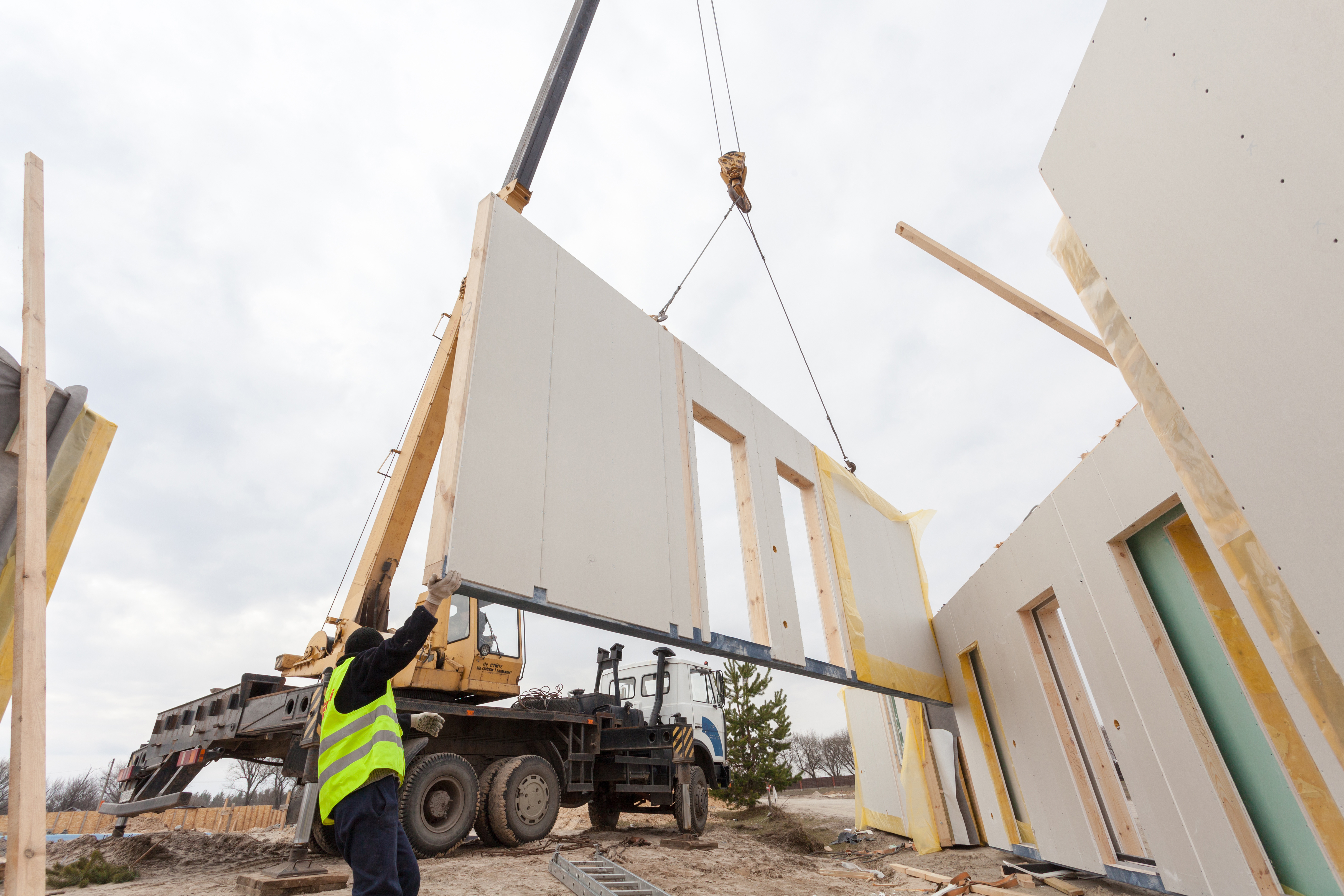Have you seen a house being built from the ground up? The typical experience shows the process of outlining the home with boards and then building from there. While this is still a commonly used method of building, a better way to construct is with structural insulated panels or SIPs.
Structural insulated panels are solid sheets of building material used for walls and roofs. SIPs have foam cores, are easy to put together, and surrounded by flakeboard (also called oriented strand board). Before taking on your next building project, learn about SIPs and some common misconceptions you may have about this option.
Why Do Homeowners and Building Owners Use SIPs?
More than anything, SIPs are panels able to provide a structure with continuous insulation to improve your indoor quality. It reduces waste, controls air quality indoors, and is airtight for a building. For a business spending a considerable amount of money on energy bills, a SIP structure potentially saves 50 percent or more on energy.
Homeowners and business owners use this form of building material for their commercial and residential projects because it is:
- A sturdy building material able to support a structure
- An energy efficient option that when combined with other features saves money
- Improves indoor air quality
- Reduces construction and job site waste
- Lowers labor costs you’d need to pay workers
- Easy to place on a variety of foundation types
- Increases the resale value of your building
SIPs Are Too Expensive to Use in Building
While the upfront cost of SIPs may be more expensive than other materials, the overall cost of a structural insulated panel is low. Factoring in decreased labor costs, long-term energy savings, less waste on the job site, and more, your panels are more affordable than a standard building. There are options available for a timber frame structure, stick framing, and more.
If you are worried about the exact cost of this product, sit down with a professional to calculate the value. Calculate the upfront costs but be sure to factor in the savings you’ll get! This method works for commercial and residential projects.
SIPs Make It Difficult to Wire a Home
If you decide to add SIPs to your home and become energy efficient, how do you wire the house? Because a SIP is made from foam insulation and is dense in the middle, they are manufactured with channels for wiring. This preserves the integrity of the panels and doesn’t require you to drill through studs.
SIPs Are an Untested Invention
While more professionals offer SIP installation than ever before, this material is not new. The invention of SIPs occurred in the 1930s with easier production since the 1950s. Too many people think this is an untested invention, but this is simply because green building materials are more popular now.
There are buildings throughout the world made from structural insulated panels. Ask your construction team about this option if you are committed to a green building solution.
SIPs Are Only Useful for Simple Designs
Because this building material is pre-constructed, many purchasers think it is only available for use with simple designs. Your project doesn’t need to be a perfect box or a boring design! SIPs are easy to use with buildings of all architectural styles, including round edges, different levels, and features of all types.
Start with a building design and the right builder gets your structural insulated panels made for you. Once your SIPs are manufactured, building the structure is fast and easy!
Make an Informed Decision Before Building
With all of the building materials on the market, it is easy to get overwhelmed with your options. Learn more about your options from a trained and certified builder, especially concerning SIPs. Why not make a decision that is good for your budget, better for the environment, and easy to install?


